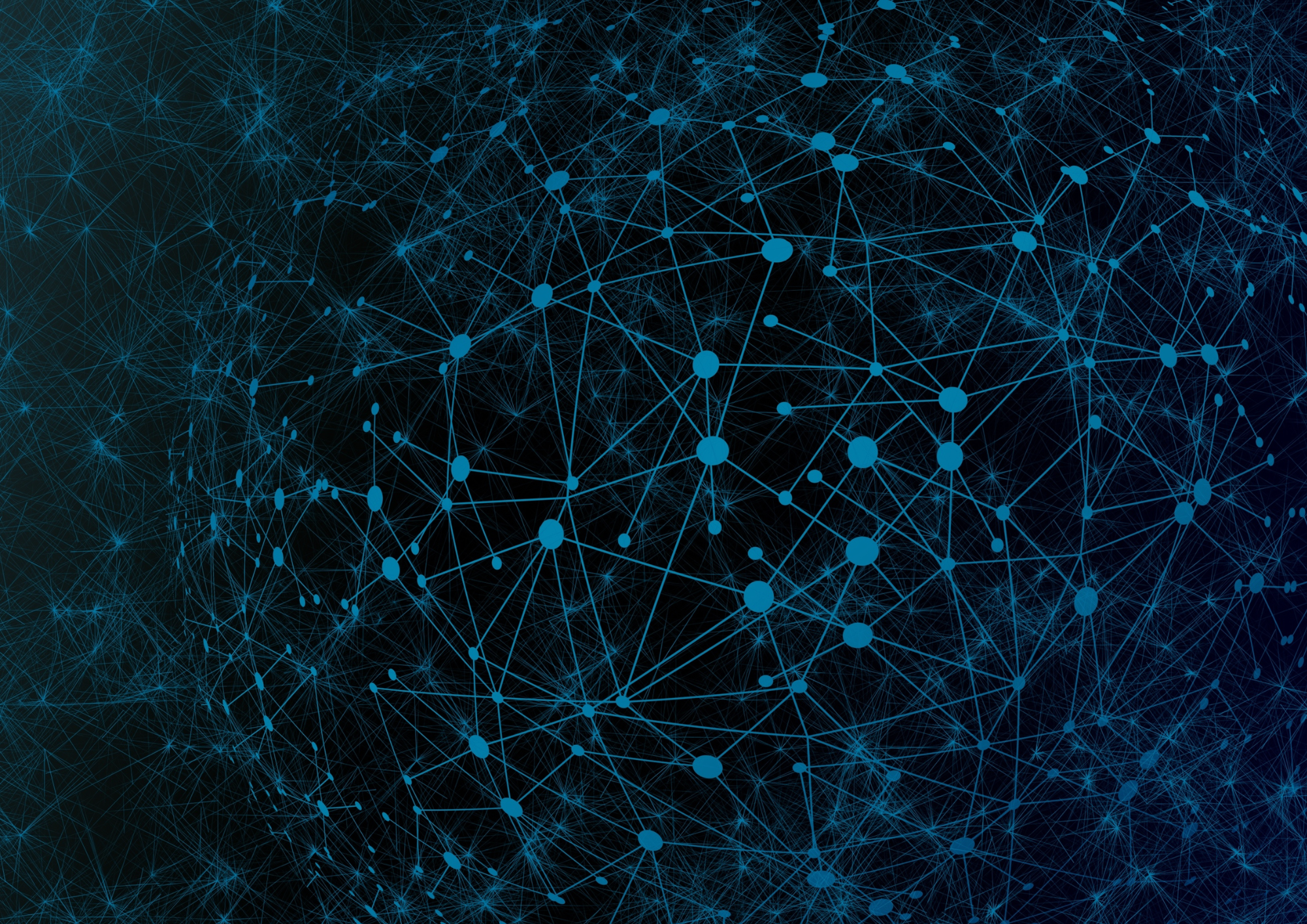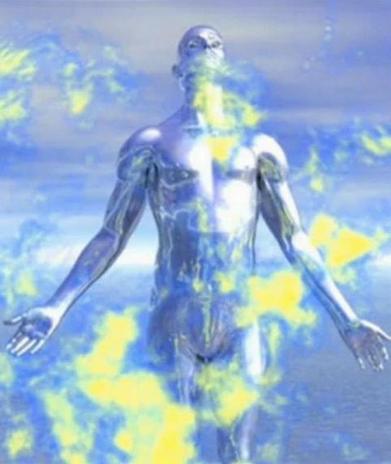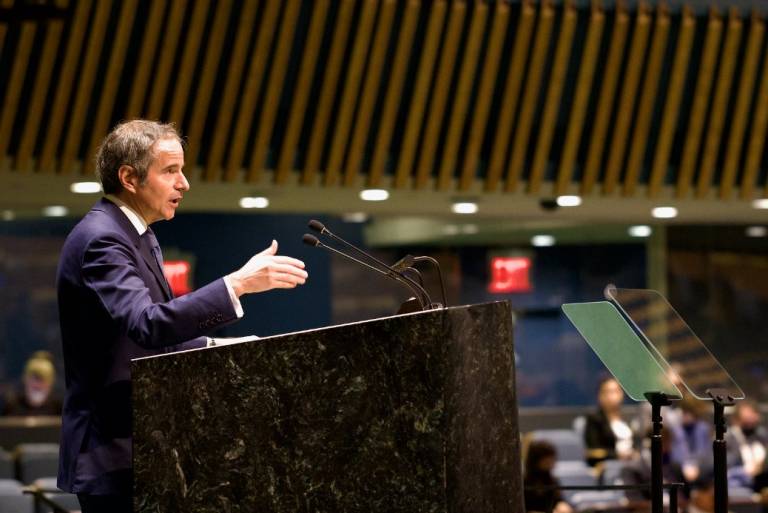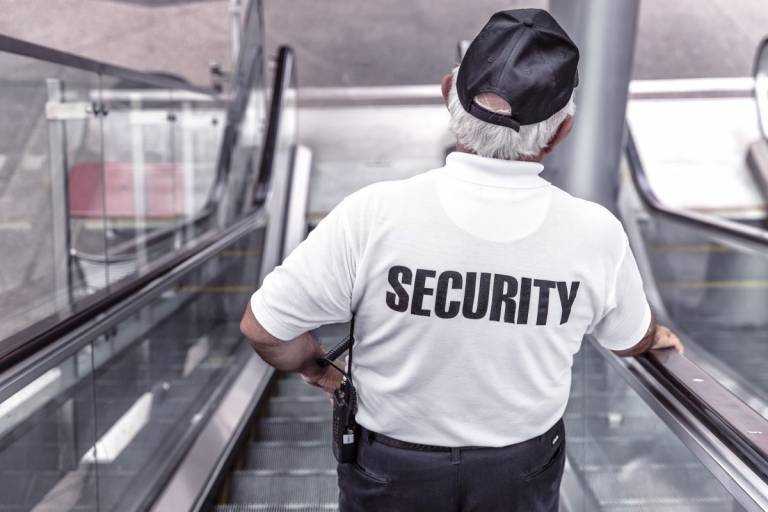Student blog by Laura Lapela*
Phenomenona such as globalisation and technological development has led to an increasing complex and interconnected world. Traditional ways of conducting business have been forced to change, likewise the changing understanding and practices of security demands completely new approaches. The state-centric approach to security is no longer sufficient enough, hence has the concept of societal security has emerged.
Societal security is about safeguarding the continuation of our societies. The concept of critical infrastructure protection (CIP) fits well into this field. Like our way of conducting business and security have come to change, so has CIP. Pursiainen (2018) demonstrates how in particular the Nordic countries have taken a broad approach to CIP. Rather than focusing solely on critical infrastructure, the Nordics focus more broadly on the fundamental functions of society necessary for its preservation — in other words, vital societal functions. Though these two terms may overlap in definition, the difference comes down to protection versus resilience. Protecting the infrastructure, versus making a resilient society. In contrast to simple protection from crisis or hazard, resilience is about withstanding, managing, recovering, and more. As I have come to interpret the difference between protection and resilience, protection is about the here and now whereas resilience is a long-term project.
Societal security is about promoting sustainability. Yet, this has to happen without excluding evolution. When talking about CIP and resilience, the health of the population is sometimes mentioned as part of vital societal functions (Pursiainen 2008). I will next argue that the shift from protection to resilience within the larger field of societal security can also be seen within policies related to the health of the population. Historically the human race has gone from trying their best not to die so soon, to trying their best to live as long as possible. We have gone from mixing herbs and listening to the spirited, to taking vaccines and following diets. The answer to question “What is healthy?” has thus also seen a shift from protection to resilience. We no longer simply want to not die (protection), we now want live as long as possible (resilience).
Human evolution, and consequently the evolution of security, will not stop there. Two hundred years ago it was not at all taken for granted to live over fifty years, today we can expect to live well beyonf that, and in two hundred more years there might even be a possibility that death has altogether been excluded from the human race’s lifespan. In this sense the mentalities of protection and resilience have not been enough. Today’s human race is, as we speak, trying its best to eradicate death and achieve immortality. But in our attempt to evolve beyond the mentalities of protection and resilience, will we still be human? Will we still be only blood, flesh and bones, or something more? Superhumans? This question, which still lacks a definite answer, raises plenty of security concerns. In the previous course we were introduced to the governance of the unknown, governing at the limits of our knowledge (Zedner 2009). The next step in human evolution definitely fits the known unknowable. We know it is to come, yet we do not know what it will look like or bring with it. What seems to be clear is that the unknown and uncertain is more often viewed as a threat than an positive possibility.
So if, or more correctly when, this next stage of human evolution is achieved, a new approach to security will have to rise together with it. A drastic change to the four components of security governance — mentalities, institutions and organizations, technologies, and practices — can be expected. How do you address a situation where the human race could be suddenly perceived to pose a threat to the society it has developed? How do you manage the (super)human race without overstepping the line of privacy and freedom? Are superhumans even subjected to the same norms and rights as today’s human race? And not to forget all the new challenges immortality will pose. Thus the field of security will have to develop a new approach that will match superhumans and immortality. Maybe one of us here today will come to see this evolution and development, otherwise, we will take the unknown to our grave as many before us and hope the next generation will continue our quest.
*This student blog post has been done as part of the course SAFS01 Societal Security: Contemporary Challenges in the Masters Degree Programme in Security and Safety Management (SAFER) in fall 2019.
References
Pursiainen, Christer. 2018. ”Critical infrastructure resilience: A Nordic model in the making?”. International Journal of Disaster Risk Reduction 27, pp. 632–641.
Zedner, Lucia. 2009. Security. Routledge: Abingdon.





